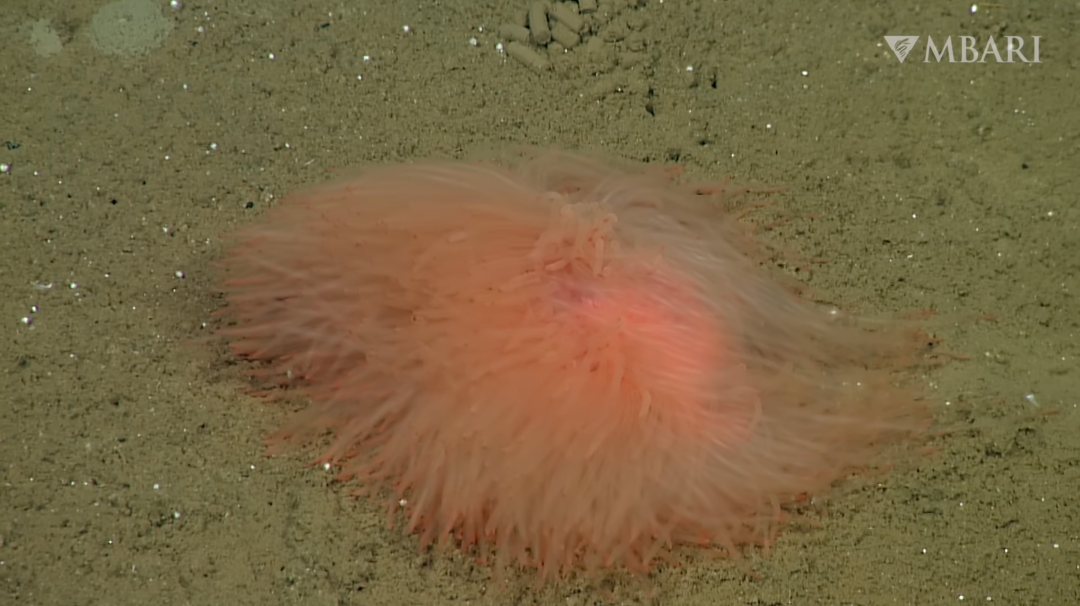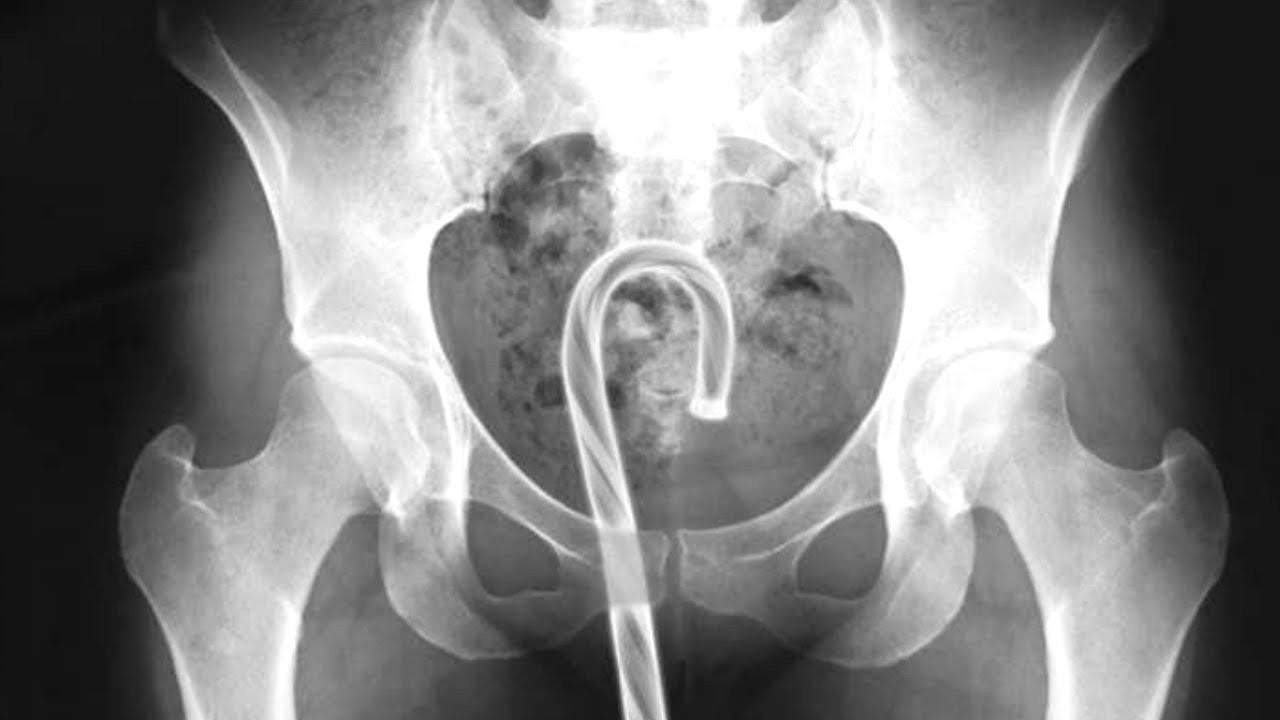On a dive in Mexico's Gulf of California, one of the Monterey Bay Research Institute's remotely operated vehicles came across swirling peachy pom-poms on the seafloor, like pasta platters served at a deep-sea Olive Garden. The creature had no discernible face, front end, or back end. Its only visible feature appeared to be noodly tendrils that fluttered alluringly in the current, stumping the scientists observing the video feed.
Now, DNA testing and closer analysis of the creature has identified it as a new species of spaghetti worm in the genus Biremis, according to a statement from MBARI. The majority of the ROV's observations in the Gulf of California occurred deeper than 6,600 feet, suggesting the worm is rather deep-living. The worm has no eyes, no gills, and no bristles along its body segment, according to MBARI .
Biremis was previously only known from a species in the Bahamas, Biremis blandi, which was described in a 1973 paper in the journal Marine Biology. The worm was named after Edward Bland, the pilot of the submersible Alvin, who sighted "a green and yellow powder-puff-like object" resting on a sloping wall called the Tongue of the Ocean, according to the paper. Bland attempted to seize the worm with Alvin's mechanical arm, but the worm catapulted itself off the seafloor and into the water, where it "swam, escaping with poorly coordinated wriggles of its white, segmented body," the authors wrote. On a dive just two days later, Bland saw eight to ten of these puffs on the seafloor and managed to capture two of the puffs before they swam away, allowing scientists to describe and name the spaghetti worm.
Spaghetti worms, meaning polychaete worms in the family Terebellidae, use their clump of wiggly tentacles to scavenge food from the sediment's surface. There are about 400 known species of spaghetti worms, and they can be found in oceans around the world.

Though most spaghetti worms live in tubes or burrows, Biremis has been observed sitting on the seafloor or swimming above it, making it a particularly mobile spaghetti worm. Biremis uses its spaghetti-like appendages to feed on marine snow, the flecks of dead flesh and debris that waft slowly from the surface. In the zoomed-out part of the new MBARI video, you can see this particular Biremis has left behind a trail in the mud, definitively showing that this is a spaghetti worm with a purpose, a worm on a mission to go from here to there on the deep seafloor. Even 6,600 feet below, everyone's got tasks!
But Biremis and the hundreds of other spaghetti worms are far from the only living noodles in the ocean. Wet, nature-made pasta is everywhere; you need only know where to look. The chunky, hermaphroditic sea slug called a sea hare lays ribbons of millions of eggs that bear an eerie resemblance to ramen noodles. Garden eels resemble bits of bucatini emerging from the seafloor. Even freshwater waterbodies can become home to undulating worm blobs, comprising thousands of slender California blackworms wriggling together to escape stress or predators. And adult parasitic horsehair worms often become entangled like a fresh knot of angel hair pasta after emerging from whatever cricket or grasshopper is unfortunate enough to have become its home.
Spaghetti worm is an undeniably apt moniker for Biremis and kin. But this description may be overly steeped in our own human bias. Perhaps Biremis is not nature's spaghetti; perhaps spaghetti is simply humankind's worms. Chew on that!







